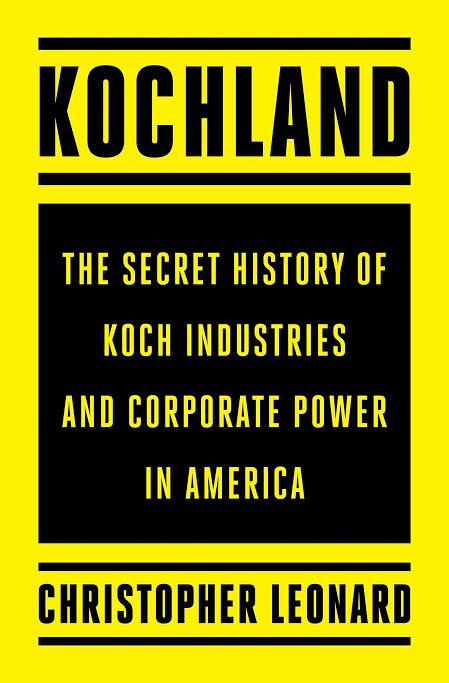
Investors talk a lot about their investment process. Some of them are very good. But few ever break down their investment process into what I think are five major steps. As an investor, it is worth articulating what your process is for each of those five steps. 

An investment starts with "idea generation". Where do you get your ideas from? Screens...magazine articles...cloning? There are many possible sources and you don't have to choose just one. Having a well-defined list helps focus and also tracking where your best ideas come from.
The next step is "analysis". It can range from checking technical indicators to a feet-on-the-ground scuttlebutt process. This depends on what kind of investor you are. But define exactly what you do, and what you look at. It helps avoid biases and mistakes due to missed steps.
"Portfolio construction" is a big one. It's not just about sizing and sector balancing. It's about structure in terms of core-satellite, or 10/20/70, or about splitting between punts and long-term positions. Having construction discipline can have a big payoff.
Many, especially retail investors, swing between looking at stock prices daily or simply buying and forgetting forever. Neither is ideal. How do you "monitor" your positions? Quarterly results? Annual reports? Corporate announcements? Price alerts? Decide, and then follow it.
And finally, "exits". Even the best in the world often admit to not having perfected this. This is intertwined with your stock selection process, your source of funds, your personality, and your goals. Developing clarity on this, if over time, is a powerful skill.
These are five steps. But each step contains a world in itself. There are many ways to think about each of them. The choices you make for one affect your options in the others. Define yours with introspection and study, and it can pay rich dividends. Literally.
• • •
Missing some Tweet in this thread? You can try to
force a refresh




